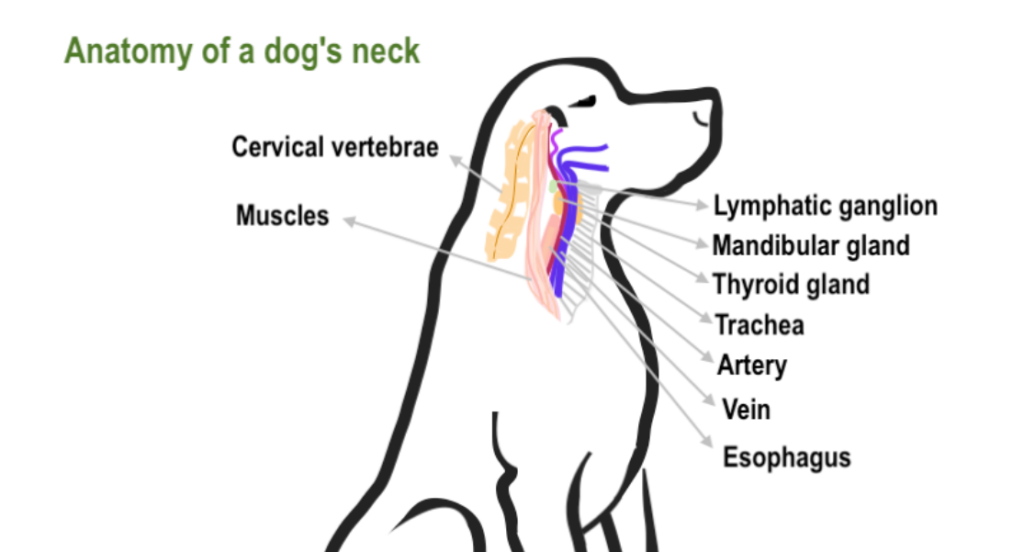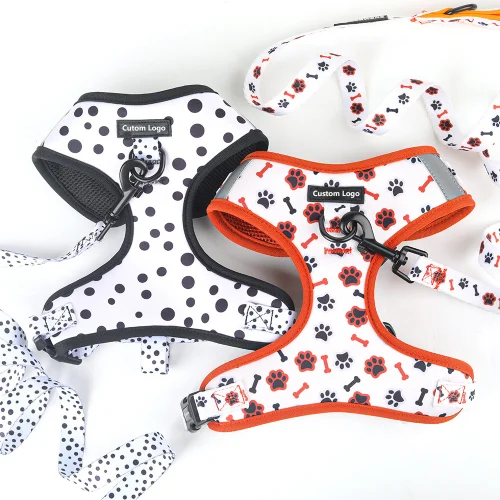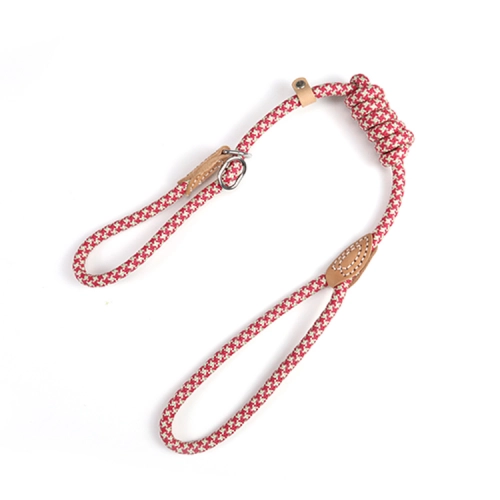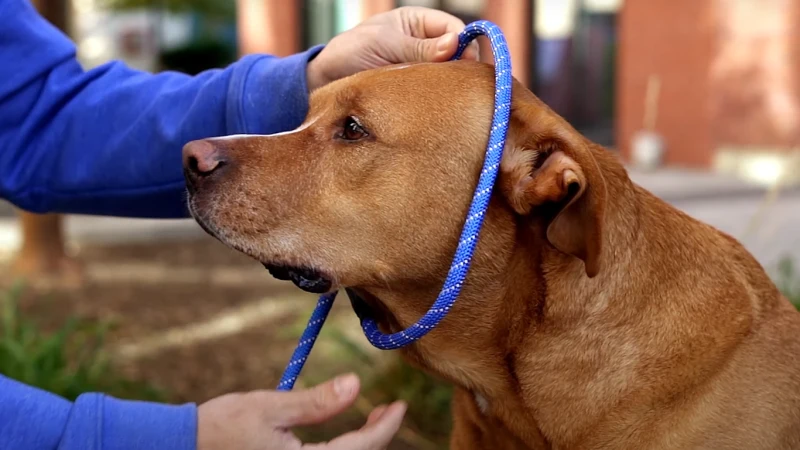Do vets recommend slip leads?
While slip leads can be useful in certain situations, they pose significant risks when used for regular walking or training. For most dogs, especially those that pull, a well-fitted harness is a safer and more effective alternative. Harnesses distribute pressure more evenly and reduce the risk of injury, making them a better choice for everyday use and training.
Potential risks of slip leads

While slip leads can be effective training tools, they also come with some risks if not used properly:
- Slip leads can cause serious injury if the dog pulls hard enough, including whiplash, crushed trachea, damage to the larynx, and even paralysis. The constant pressure and sudden tightening can be very uncomfortable and painful for dogs.
- Slip leads are not suitable for all dogs, especially small dogs, brachycephalic breeds, dogs with neck injuries, fearful or anxious dogs, and puppies under 6 months old. Using a slip lead on these dogs can exacerbate existing issues or cause new problems.
- Improper use, such as leaving the lead on unattended or using it incorrectly, can lead to choking and injury. Slip leads require close monitoring and proper fitting to be safe.
Safer alternatives

For most dogs, a regular flat collar and leash or a well-fitted harness are safer options than slip leads. Harnesses, in particular, distribute pressure more evenly and prevent pulling without putting strain on the neck.
Positive reinforcement training is also highly recommended to teach loose leash walking without the need for aversive tools like slip leads. This involves rewarding the dog for walking calmly by your side and using body blocks or lures to redirect their attention when needed.
When slip leads may be appropriate

While not ideal for everyday use, slip leads can be useful in certain situations with proper precautions:
- For emergency situations when you need to quickly secure a dog
- For vet visits or grooming when a quick-release lead is helpful
- For experienced trainers working with specific behavioral issues, when used as part of a comprehensive training plan
However, even in these cases, slip leads should be used cautiously and only for short periods of time. Constant use is not recommended.
How to use a slip lead correctly
Using a slip lead can be effective if done correctly, but it requires careful attention to ensure the safety and comfort of your dog. Here are the steps to use a slip lead properly:
Choose the right size
Ensure the slip lead is appropriate for your dog’s size and breed. It should be strong enough to handle your dog’s weight and pulling strength.
Proper placement
- Adjust the loop: Start by adjusting the loop so it is large enough to fit over your dog’s head comfortably.
- Positioning: Place the loop at the top of the dog’s neck, just behind the ears and under the jaw. This positioning helps prevent injury and ensures better control. Avoid placing it lower on the neck, as this increases the risk of injury.
Tightening the lead
Once the slip lead is in place, tighten the loop by adjusting the ring or slider. It should be snug enough that you can fit two fingers between the leash and your dog’s neck. This ensures it won’t slip off but is not so tight that it chokes the dog.
Monitoring and control
Always monitor your dog while using a slip lead. If your dog pulls, the lead will tighten, which can cause discomfort or injury. If your dog is prone to pulling, consider using a harness instead, as it provides better control without the risk of choking.
Short-term use
Slip leads are best used for short periods, such as during vet visits or when quickly securing a dog. They should not be relied upon for regular walks or as a training tool, particularly for dogs that are not well-trained on a leash.
FAQ on slip leads for dogs
Is a slip leash used for dog training?
Yes, slip leashes are commonly used in dog training, particularly for addressing issues like pulling. They provide immediate feedback to the dog; when the dog pulls, the leash tightens, which can discourage the behavior. However, it’s important to note that slip leashes should not be the sole training method. They are most effective when combined with positive reinforcement techniques and proper training practices.
Are slip leads safe?
Slip leads can be safe if used correctly, but they also carry risks. Improper use, such as overtightening or using them on dogs that pull excessively, can lead to injuries like whiplash, choking, or damage to the trachea. It’s crucial to ensure the slip lead is fitted properly and to monitor its use closely to avoid discomfort or injury. Some trainers recommend using slip leads with safety features, such as stoppers, to prevent excessive tightening.
Are slip leads cruel according to the RSPCA?
The RSPCA and other animal welfare organizations express concerns about the potential for slip leads to cause pain and discomfort to dogs, especially if not used properly. They emphasize that slip leads should not be used as a primary training tool and recommend positive reinforcement methods instead. The risk of physical harm and the potential for creating negative associations with walking on a leash are significant concerns.
Do vets and trainers use slip leads?
Yes, many professional trainers and veterinarians use slip leads, particularly in situations requiring quick control, such as during vet visits or when handling reactive dogs. However, their use is typically limited to specific scenarios rather than as a general walking tool. Trainers often prefer other methods for everyday leash training, focusing on harnesses or flat collars that minimize the risk of injury.
Conclusion
Slip leads can be effective tools in specific scenarios, such as in veterinary settings or for quick control of dogs. However, their use as a general walking or training tool is often discouraged due to the potential risks associated with improper use, including injury and discomfort for the dog.
While they can provide immediate feedback during training, slip leads should not be relied upon exclusively. Positive reinforcement methods and safer alternatives, such as well-fitted harnesses, are recommended for everyday walking and training.
Ultimately, it is essential for dog owners to prioritize the safety and well-being of their pets by using appropriate equipment and training techniques, ensuring a positive experience for both the dog and the handler.





